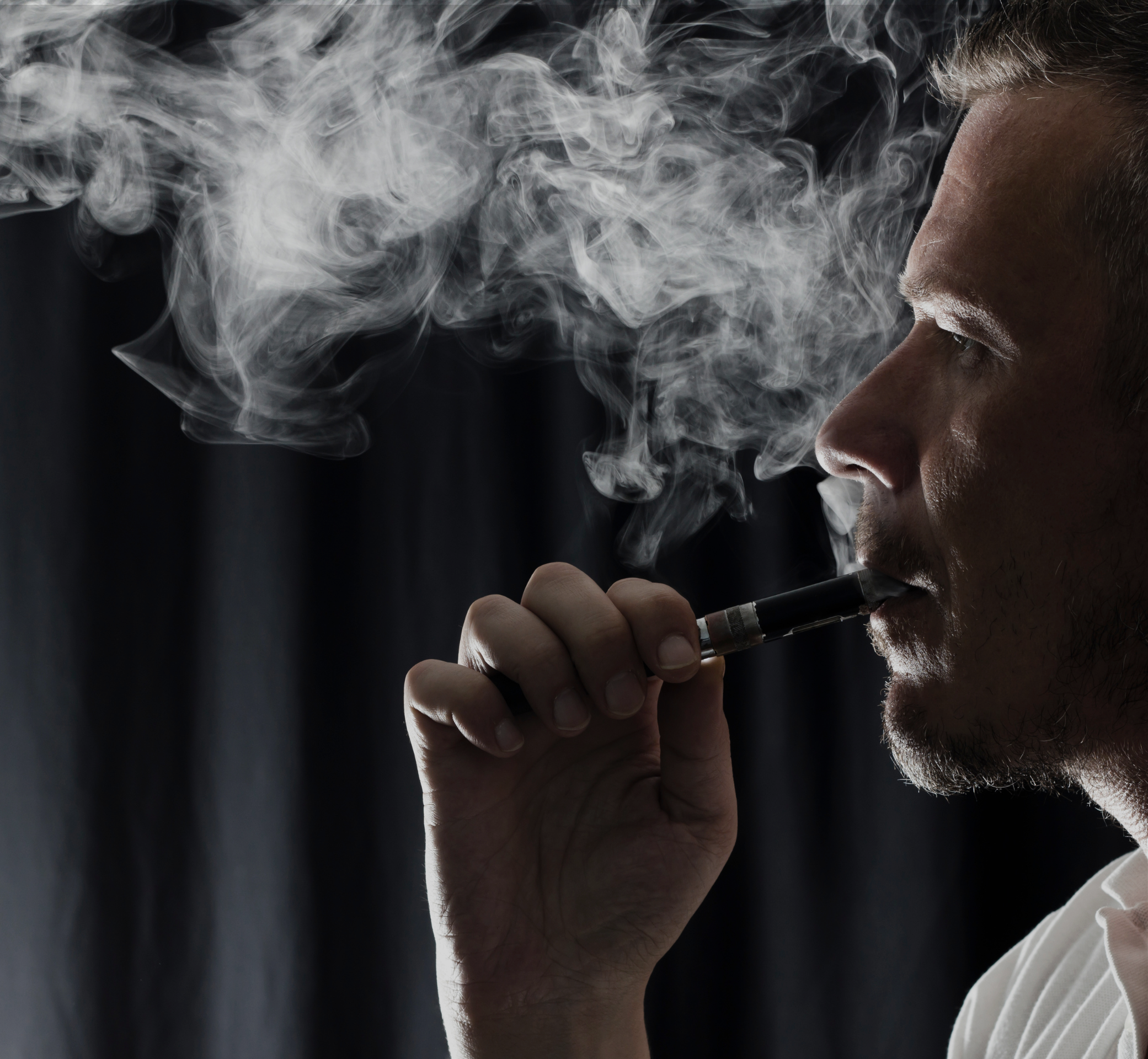Il y a quelques mois, la communauté des vapoteurs a lancé une campagne pour déconstruire les idées reçues les plus courantes sur le vapotage, comme l'idée que vapoter n'est pas mieux que fumer ou que la nicotine provoque le cancer. De nombreux outils de qualité ont été créés pour aider les vapoteurs à lutter contre la désinformation, et des associations du monde entier les ont utilisés pour réfuter les principaux mythes sur le vapotage. Vous pouvez consulter ces ressources. ici, N'hésitez pas à les utiliser et à lutter contre la désinformation à votre portée.
Maintenant, Action contre le tabagisme et la santé (ASH), une organisation caritative de santé publique créée par Collège royal des médecins Pour mettre fin aux méfaits du tabac, un grand ouvrage a été publié. bref Dans ce document, ils démystifient également certains mythes entourant le vapotage. Nous avons abordé certains de ces mythes lors de la présentation d'ASH au lancement de notre programme. Page d'accueil de Vaping Mythbusters, Alors, jetons un coup d'œil à ceux qu'ASH a ajoutés à notre liste.
Les cigarettes électroniques jetables délivrent autant de nicotine que 50 cigarettes.
Le mythe selon lequel les cigarettes électroniques jetables délivrent autant de nicotine que 50 cigarettes a été repris par certains des journaux en ligne britanniques les plus lus, tels que le Daily Mail ou Le Times. C'est totalement faux ! Comme l'explique ASH, une cigarette électronique jetable standard au Royaume-Uni, avec le taux de nicotine légal le plus élevé (20 mg/ml), contient 40 mg de nicotine, soit l'équivalent de 3 ou 4 cigarettes. Une cigarette délivre 1 à 1,5 mg de nicotine dans le sang du fumeur, tandis que les vapoteurs absorbent 50 mg (20 mg dans cet exemple) de la nicotine contenue dans la cigarette électronique.
Si vous faites le calcul, vous constaterez que, dans le pire des cas (celui d'une cigarette électronique avec le taux de nicotine légal le plus élevé au Royaume-Uni), une cigarette électronique jetable délivre autant de nicotine que 13 à 20 cigarettes. Cependant, la plupart des vapoteurs utilisent des taux de nicotine compris entre 1 et 3 mg/ml, ce qui équivaut à 1 à 7 cigarettes. Quoi qu'il en soit, n'oublions pas que La nicotine est pratiquement inoffensive et n'est pas cancérigène., tandis que les cigarettes contiennent 70 substances cancérigènes.
La nicotine nuit au développement cérébral des jeunes.
Beaucoup de gens pensent non seulement que la nicotine provoque le cancer, mais aussi qu'elle nuit au développement cérébral, surtout chez les jeunes. Que dit la science à ce sujet ? revue systématique des recherches sur ce domaine n'a pas pu trouver suffisamment de preuves pour étayer cette idée. De plus, le Comité britannique sur la toxicité ont conclu qu'aucune donnée n'était disponible sur les effets directs de l'exposition à la nicotine chez les adolescents humains : “Le Comité a émis des réserves quant à la tentative de quantifier les effets de la nicotine chez l'homme à partir des études animales, car la relation entre la dose et l'exposition humaine n'est pas claire."
À ce sujet, une étude écossaise Une étude de suivi d'une cohorte d'enfants nés en 1932, dont le QI a été testé à l'âge de 11 ans, a révélé qu'à 70 ans, aucune différence de fonction cognitive n'était observée entre les non-fumeurs et les anciens fumeurs, une fois le QI pris en compte. Si la nicotine n'altère pas les fonctions cognitives chez les jeunes fumeurs, pourquoi penser qu'elle le fait chez les jeunes vapoteurs ? Les effets néfastes de la nicotine sur le développement cérébral des jeunes ne devraient pas justifier l'interdiction des produits de vapotage, d'autant plus que cela aurait un impact négatif sur la santé publique en incitant les vapoteurs à reprendre le tabac. Les législateurs devraient plutôt trouver des moyens d'empêcher la vente de ces produits aux mineurs tout en les maintenant disponibles pour les adultes.
La principale raison pour laquelle les enfants vapotent est qu'ils aiment les saveurs.
D'après les fumeurs interrogés, les enfants commencent généralement à vapoter simplement ‘ pour essayer ’ ou sous l'influence de leurs pairs. Si certains apprécient les arômes, cela ne justifie en aucun cas l'interdiction de ces derniers.
Pourquoi ? Parce que, comme l'explique ASH, Interdire ou restreindre les arômes augmentera très probablement la consommation de cigarettes.. C’est du moins ce qui s’est passé aux États-Unis, dans les États ayant instauré des interdictions ou des restrictions sur les arômes : les ventes de cigarettes électroniques ont baissé, tandis que celles de cigarettes classiques ont augmenté. Le même phénomène se produirait au Royaume-Uni., d'après les chercheurs de l'Université de Bristol, ce qui aurait un impact démographique net négatif et ferait augmenter les taux de tabagisme.
Plus évident encore, interdire les arômes n'empêcherait pas les enfants d'y avoir recours. Si les arômes étaient interdits, ils se vendraient au marché noir, où les vendeurs se soucient moins de vendre aux mineurs que sur le marché légal. Comme pour les autres produits de vapotage, des mesures réalistes devraient être mises en œuvre pour éloigner les mineurs du vapotage, mais l'interdiction n'en fait pas partie.
Si vous souhaitez en savoir plus sur ces mythes – et d’autres – concernant le vapotage, consultez Compte rendu d'ASH et notre Site de Vaping Mythbusters. La désinformation met le vapotage en danger à l'échelle mondiale, et les politiques prohibitionnistes menacent les utilisateurs. Informez-vous et aidez-nous à lutter contre ce fléau.






2 réponses